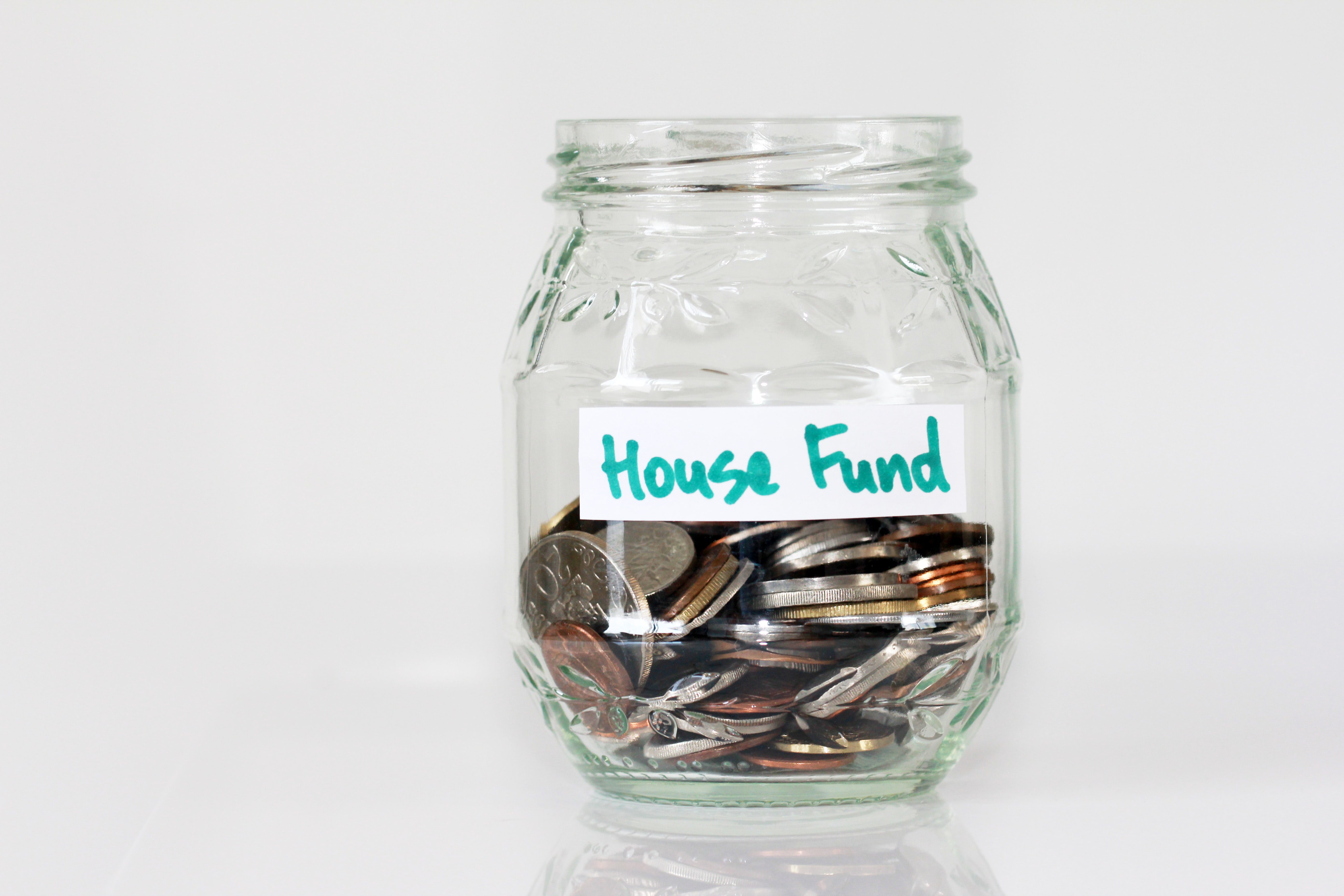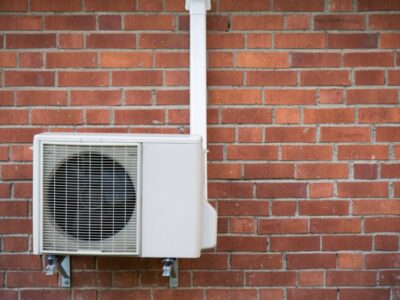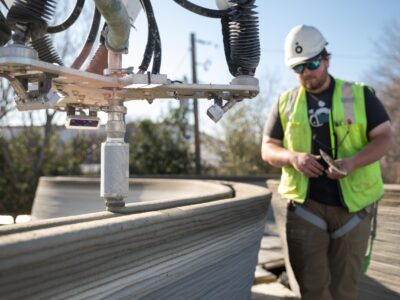The federal government has launched a new initiative to modernize building codes nationwide. Spurred on by a changing climate and extreme weather events, the program is designed to help communities of all sizes become safer and thus more resilient against disasters such as tornadoes, hurricanes, wildfires, and floods.
Federal Emergency Management Agency Administrator Deanne Criswell and Deputy National Climate Advisor Ali Zaidi recently announced the initiative at the National Hurricane Center in Miami, FL. “By modernizing building codes, we will not only save money by protecting people’s property and lowering energy costs, but we will also protect people’s lives by making our infrastructure more resilient to severe weather and the impacts of climate change,” Criswell said. “This critical initiative underscores the [administration’s] commitment to achieving these objectives by bolstering the adoption of the latest, current building codes and standards across this nation.”
The new building codes apply to new construction and any homes or buildings rebuilt after a disaster. Approved by the National Climate Task Force, the updates are specifically designed to reduce injuries and property damage and, most importantly, save lives.
The changes also add to ongoing local economic savings, with hazard-resistant building regulations potentially saving communities $11 per every dollar invested, adding up to $162 in annual savings per household.

However, the potential big-picture savings are much more significant. The Government projects that through 2040, such codes will deliver $138 billion in energy cost savings.
The initiative comes just as the National Oceanic and Atmospheric Administration predicted an active 2022 Atlantic hurricane season, with 14 to 21 named storms and at least three of those are expected to reach major status with winds higher than 110 miles per hour. Hurricanes are one of the costliest natural disasters in the U.S., with a significant storm potentially costing billions of dollars in recovery costs.
The initiative’s new updates include building homes and businesses that can withstand hurricane-force winds. Additionally, the required building materials are flood-resistant and significantly reduce heating-cool costs due to higher insulation levels.
“This initiative is proof that acting on climate change delivers countless benefits to all Americans, especially in our most vulnerable communities,” said Gina McCarthy, national climate advisor.
The U.S. Department of Energy will work to educate communities across the nation on the importance of meeting the updated codes. This engagement is critical as only 35% of cities, towns, and counties have updated building regulations. Training, enforcement, and technical assistance will be readily available for the states and smaller municipalities. The new codes are currently being implemented in federal buildings across the country.





